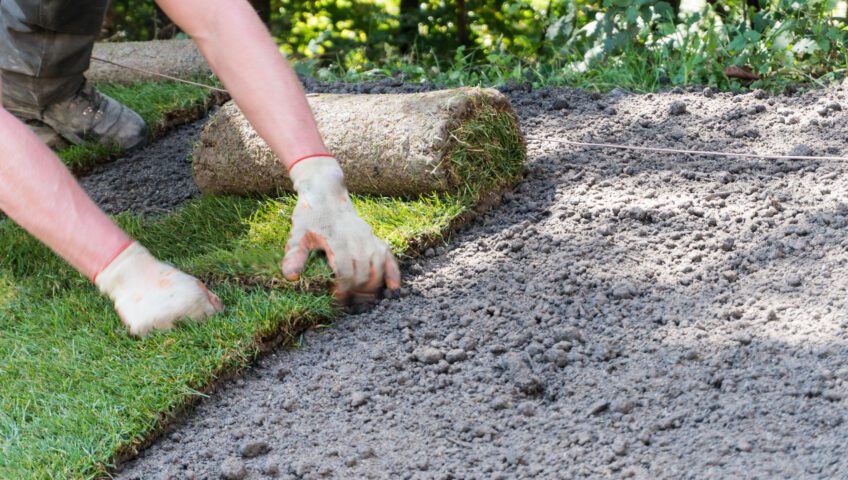Sod webworms (Herpetogramma phaeopteralis), also known as lawn moths or turf webworms, are common in Florida and can ravage our lawns. These small, beige or grayish-brown pests are the larvae of the adult sod webworm moth. The brown, unremarkable moths, can be recognized by their flying patterns as they zigzag low over the grass.
If left untreated, an infestation will cause severe damage, resulting in expensive treatments or the need for a complete lawn replacement. It is imperative to identify and treat an infestation as soon as possible.
Signs of a sod webworm infestation
Sod webworms are most active during warmer months, making sunny Florida a prime location. The larvae feed on the roots and blades of turf, leaving the grass uneven in height. This irregular appearance in a lawn is the primary telltale sign that an infestation is underway.
Additional signs of sod webworms include brown patches, thinning turf, and the presence of small, light-colored moths flying low over the lawn.
They typically feed at night and rest during the day in damp areas or within the layer of thatch between your grass and soil. There can be multiple generations in a single growing season, so quick action is highly recommended.
Preventing an infestation
A healthy lawn is less susceptible to the impact of the sod webworm. Be sure to maintain a proper mowing height and frequency. Also, water deeply and infrequently. Remove any excess thatch, too.
Despite these efforts, your lawn may require additional treatment. You’ll want to reach out to the professionals at Slug-A-Bug. We will service your lawn every two months to keep damaging insects, such as sod webworms, under control. We use state-of-the art equipment and the highest-quality, environmentally responsible materials to treat your lawn. Call us today at (321) 259-7844 and discover what thousands of satisfied customers have already experienced: a beautiful lawn, free of damaging insects and weeds.
For more information:
https://edis.ifas.ufl.edu/publication/IN968
https://extension.uga.edu/publications/detail.html?number=C1156
https://gardeningsolutions.ifas.ufl.edu/lawns/problems-and-solutions/thatch.html
